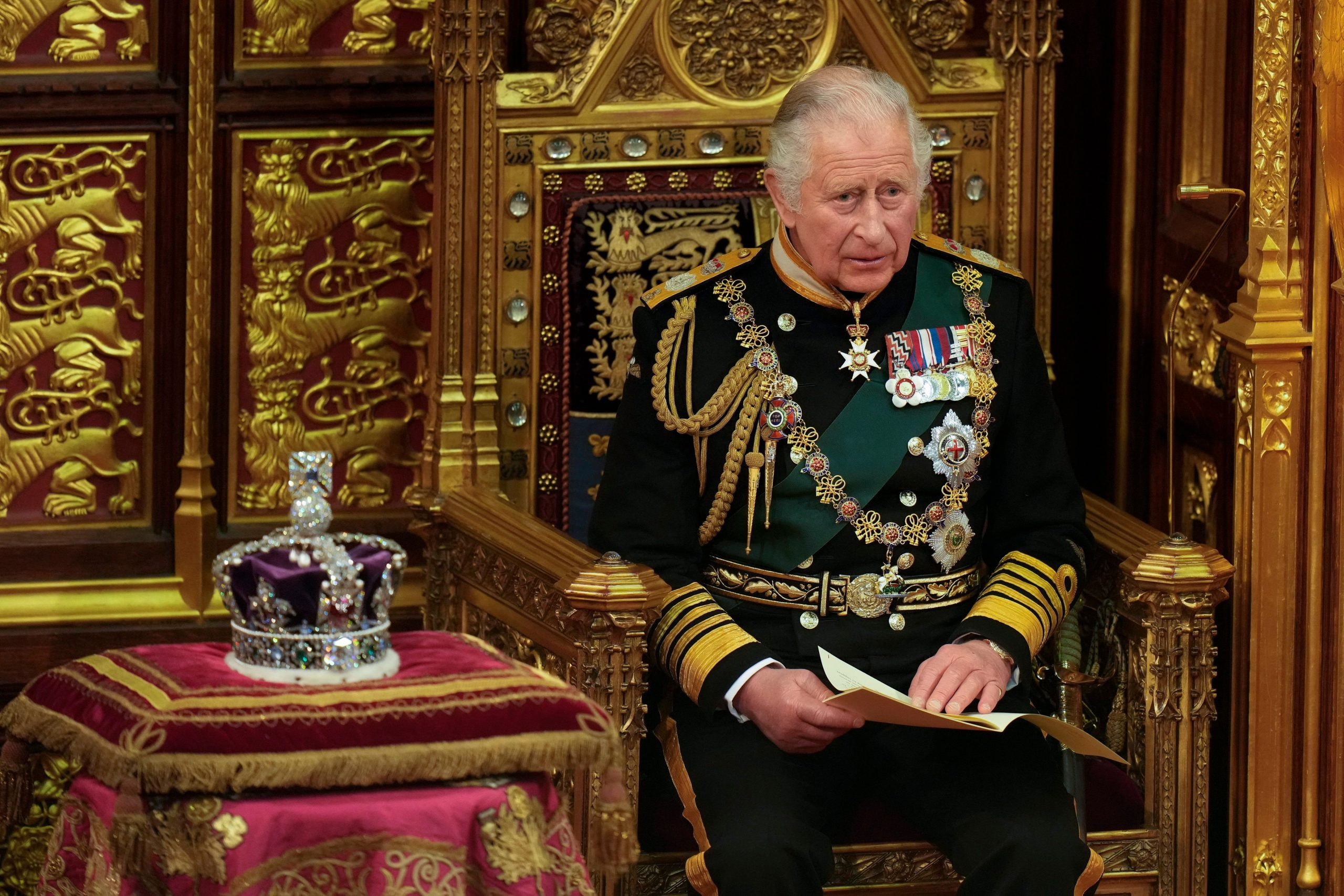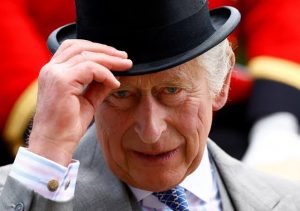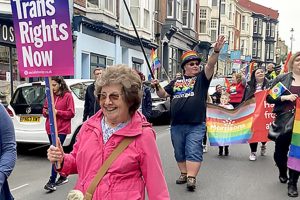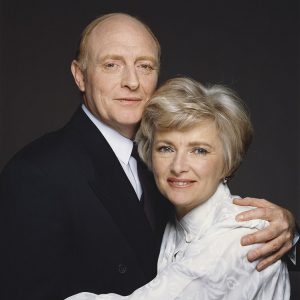Queen Elizabeth II died at 96, at Balmoral, and her eldest son, Prince Charles is next in line to the throne. The 73-year-old heir apparent has chosen the title King Charles III and as per The New Yorker, his anointment will take place at Westminster Abbey, no later than three months after his mother’s death.
Since the throne cannot be vacant at any time, a new Sovereign takes the place as soon as a predecessor dies. Then, they are proclaimed as soon as possible by an Accession Council at St James’s Palace.
The Accession Council is usually convened within 24 hours of a monarch’s death and is used to announce the death of the Sovereign and mark the accession of the successor.
It is presided over by the Lord President of the Council and is divided into two parts.
The first part includes Privy Counsellors, Great Officers of State, the Lord Mayor and High Sheriffs of the City of London, Realm High Commissioners, and some senior civil servants. In the second part, the new Sovereign holds their first council, which is attended by Privy Counsellors only.
Also Read | King Charles’ coronation ceremony: Operation Golden Orb reported details
While the Accession Council tries to have the first meeting before the Parliament meets, which the latter does as soon as possible upon the death of a monarch, the second part does not always immediately follow the first.
The new Sovereign declares the death of his successor and one of their first official acts is to take the oath related to the Church of Scotland, as needed in the 25th Article of the Act of Union 1707.
The monarch says the oath, which reads “I, [INSERT TITLE] by the Grace of God of the United Kingdom of Great Britain and Northern Ireland and of My other Realms and Territories King, Defender of the Faith, do faithfully promise and swear that I shall inviolably maintain and preserve the Settlement of the true Protestant Religion as established by the Laws made in Scotland in prosecution of the Claim of Right and particularly by an Act intituled “An Act for securing the Protestant Religion and Presbyterian Church Government” and by the Acts passed in the Parliament of both Kingdoms for Union of the two Kingdoms, together with the Government, Worship, Discipline, Rights and Privileges of the Church of Scotland. So help me God”.
Then they sign two identical Instruments that record the taking of the oath. Those present act as witnesses and once the proclamation is signed, different copies are kept securely and the others in attendance also sign before the change in rulers is announced following the traditional processes.
Also Read | Who was born in the same year as Queen Elizabeth II?
“One copy of the signed Oath is sent to the Court of Session to be recorded in the Books of Sederunt; the other is preserved in the Books of the Privy Council. Once this is completed, the Lord President reads the remaining items on the List of Business. These Orders in Council, mainly concerning the use of the Seals of Office, facilitate the continuity of government”, the UK government site explains.
The official record of processes at the Accession Council meeting is published in the London Gazette, and copies are available in print or digitally. “After the Accession Council, Garter King of Arms, accompanied by the Earl Marshal (who is responsible for the ceremonial arrangements relating to the Proclamation), other Officers of Arms and the Sergeants at Arms, will read the Proclamation from the Balcony above Friary Court, St James’s Palace”, the government site adds.
Gun salutes coincide with this, and then Heralds travel to Mansion House in the City of London. There, the proclamation is read out at the “Royal Exchange in the presence of the Lord Mayor of the City of London and the City Civic party”, the site continues, noting that it is also read out in Edinburgh, Cardiff and Belfast, among other locations, as per custom.







